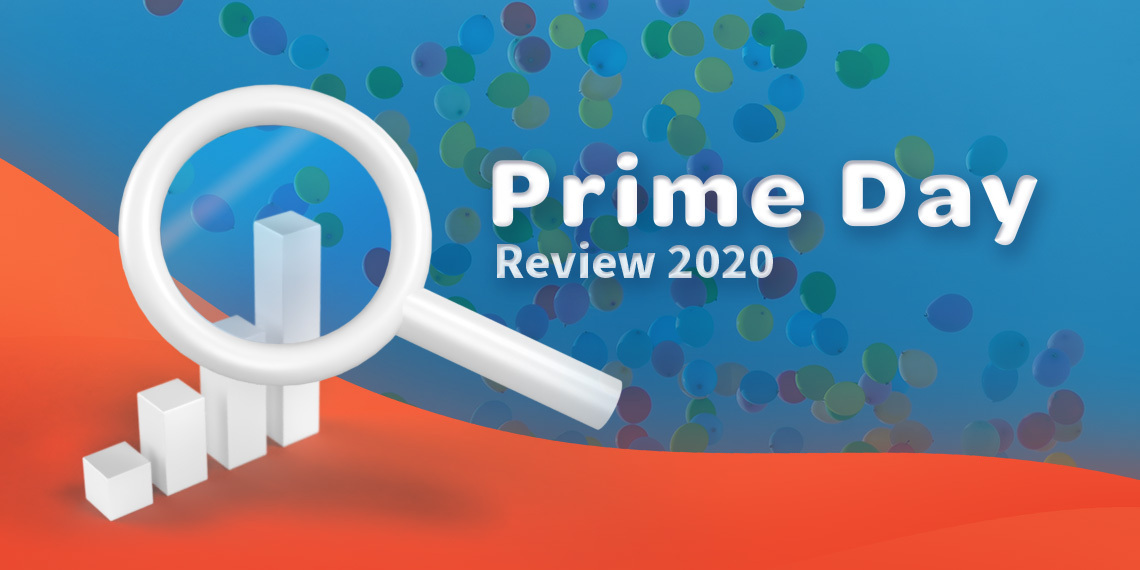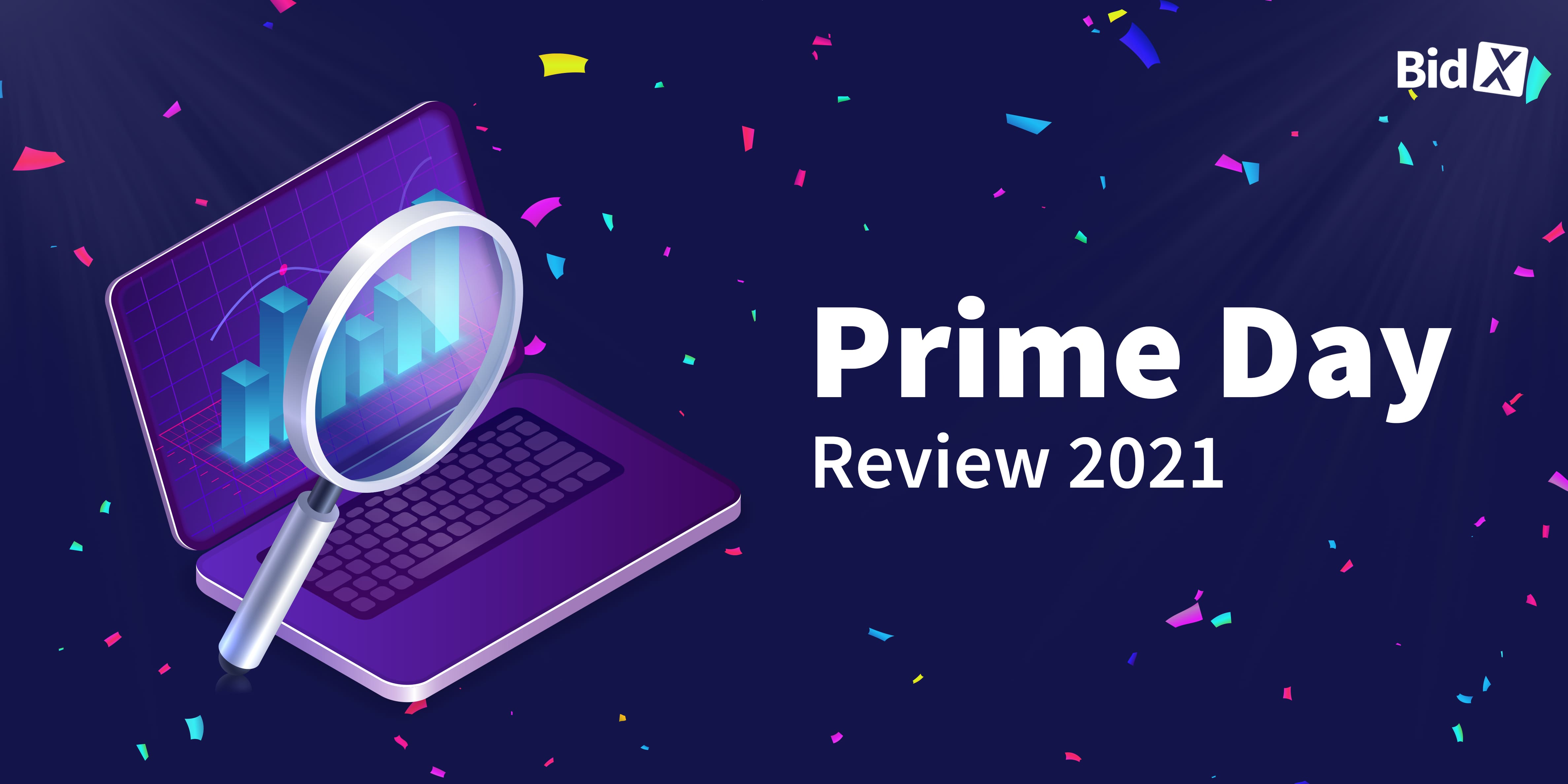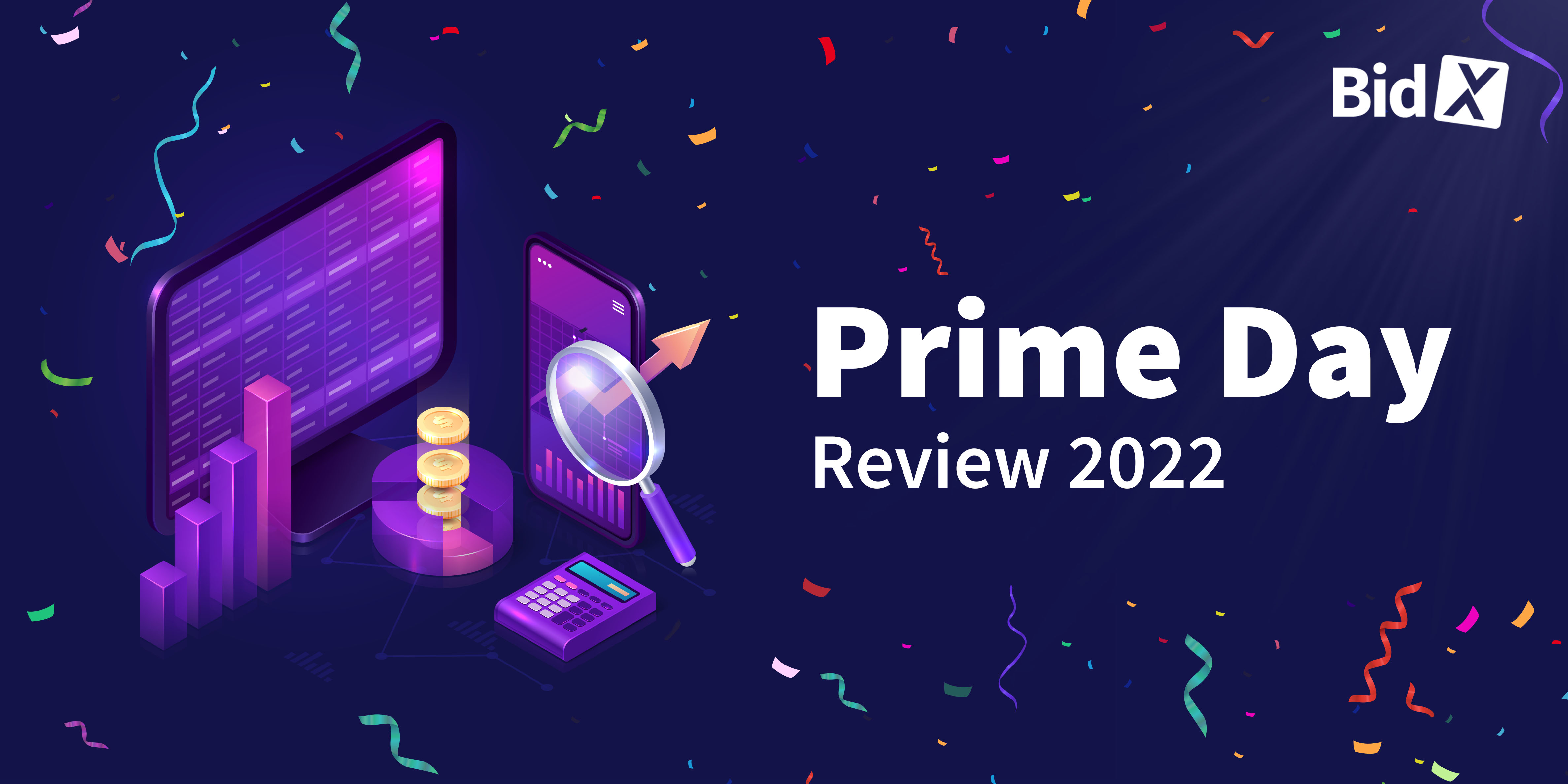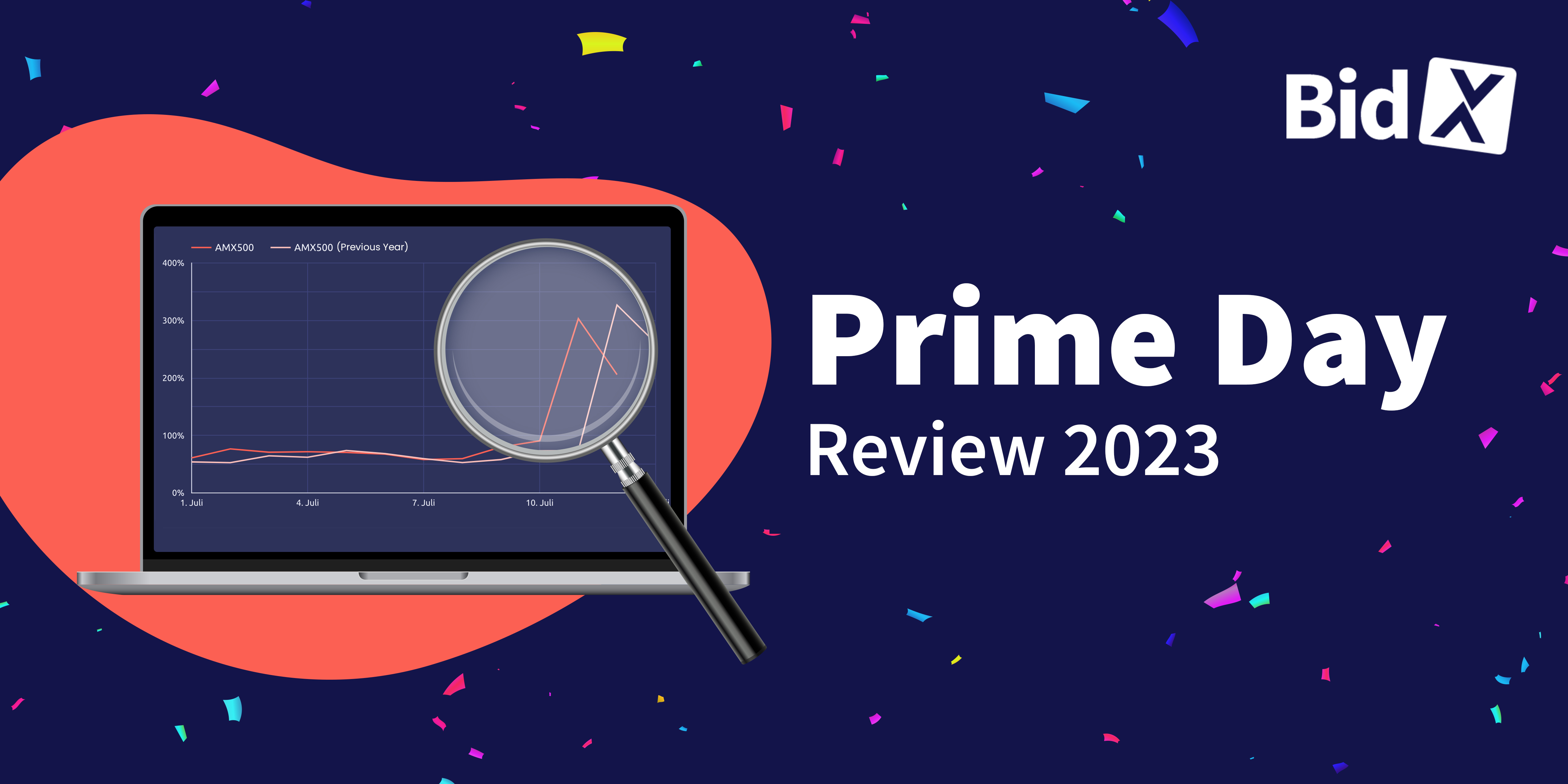Prime Day 2020 - Review from advertiser's perspective
This year's Prime Day was a little special compared to previous years - at least in the run-up to the event. As with so many other events, this was also due to COVID-19. For a long time, a secret was kept about the exact date of the probably biggest online shopping event of the year, after it became known that Prime Day will not take place in July as usual. In addition, some sellers wondered if the buying mood of the consumers would be affected this year due to COVID-19 related income losses.
After Prime Day 2020 took place on October 13th and 14th, this article draws a conclusion from the perspective of Amazon sellers and vendors. Were supposed concerns about a depressed buying mood justified?
We can already answer this question with a clear "No" at this point.
Prime Day 2020 has exceeded the expectations of many sellers. The sales generated on Amazon by third-party sellers amounted to approximately 3.5 billion US dollars, an increase of nearly 60% compared to the previous year (source: Amazon). The top-selling products come from the categories home, electronics, nutrition and wellness, among others.
We used the Amazon Market Index AMX500 to analyse the performance of key advertising metrics on Prime Day 2020 to assess how successful sellers' PPC advertising efforts were.
Tip: To be optimally prepared for the upcoming Black Friday week at the end of November, please read our article "How to get the most out of Amazon Prime Day, Black Friday & Co". In this article we give you recommendations for the preparation of the most important Amazon events.
The following screenshot shows a strong peak of the AMX500 on October 13th, the first day of the Prime Day. In the next section, we will get to the bottom of this peak by analyzing individual key advertising figures.

Higher PPC advertising expenditure pays off
In the following we have summarized the most important findings from AMX500 for you. These are KPIs of PPC advertising on Prime Day compared to values two days before Prime Day 2020.
- The fact that Amazon customers actively search for products on Prime Day is confirmed by the increased impressions (+41%) and clicks on ads (+25.6%).
- Sales generated by PPC ads increased by 93.8% on Prime Day.
- The costs incurred by the ads were 37.2% higher. This was partly due to higher daily budgets and partly to the 9.3% increase in CPC.
- The higher costs for visibility were rewarded with more orders (+110.1%), which led to the above-mentioned increase in sales on Prime Day.
- The higher sales offset the higher costs. This is shown by the ACoS, which averaged 15.6% on Prime Day and thus fell by 29.2%.
- The click-through rate (CTR) and the conversion rate (CR) are also interesting. While the CTR fell by 11%, the CR rose by a full 67.3%. This suggests that on Prime Day, customers specifically purchased products about which they had already informed themselves in advance and did not have to search and research much on Prime Day itself.
This is how the Prime Day went for our DSP customers
In addition to the PPC advertising, we also looked at the success of the advertising with DSP on Prime Day. DSP advertising often achieves many impressions and is advantageous when sellers primarily want to increase their reach and become visible.
On Prime Day, however, other performance values also experienced a significant boost due to DSP advertising. The most interesting changes compared to the average values of the previous 30 days are listed below:
- DSP advertising revenue increased by 938% on Prime Day.
- This is mainly due to the increased number of orders (+674%).
- The average basket value also increased by 34%.
- DSP advertising costs increased by 104% due to higher CPMs.
- Despite the increased costs, ROAS increased by 408%, i.e. DSP advertising on Prime Day not only generated more sales but was also more profitable.
The above mentioned performance values of DSP advertising show that DSP can be a profitable way to increase sales in addition to PPC advertising.
Recommendation for Q4 and the holiday season
Our conclusion from the DSP values on Prime Day is that you should definitely consider the advertising formats in the DSP for the upcoming Christmas business. Especially if you sell products that are eligible for Christmas gifts.
Our recommendation is to use display ads to draw attention to your products and to create touchpoints, which can then be used for retargeting in the next step. This way you can target potential customers who have already viewed your product detail pages before Christmas.
If you want to learn more about Amazon DSP, please read our article "Does Amazon DSP make sense for my company?”. In this article we as an approved DSP partner give you an overview of the possibilities with the demand side platform and share our practical experience.
If you want to advertise using the DSP and have questions about our conditions and services, we would be pleased to hear from you.





